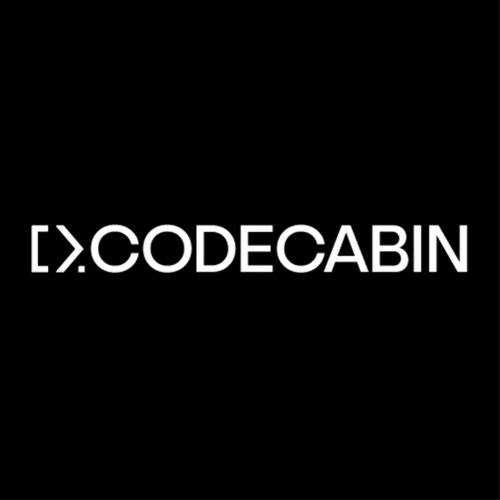Issue No 118
Dynamic Google Maps Integration in Umbraco, Code-First Guide
by Bishal Tim
Bishal shows us how to dynamically embed Google Maps into Umbraco, with a setup that fetches and renders map markers based upon your Umbraco content. With this, we can empower editors to add and manage locations through the backoffice with no developer needed.
Cross-region Load Balancing with Docker & Umbraco Cloud
by Alina-Magdalena Tincas & Davis Hedgepeth & Jeyhun Yagublu
Master cross-region load balancing for Umbraco Cloud by combining it with Google Cloud Run for auto-scaling frontend instances. This comprehensive guide shows how to achieve global performance, cost efficiency, and high availability while maintaining full control through Umbraco's backoffice.
Issue 117 :: June 2025
Issue 116 :: May 2025
Stay Plugged in to the Community!
A curated collection of Umbraco and industry related tools, tips, tricks, and tutorials from around the web.
ND & Me: Running in Emulation

After Matt's incredible talk at Codegarden about his journey of discovering his neurodivergence in his 40s, he follows up with an article re-iterating his experiences from doubt to self-acceptance and invites us to join him on next steps. Neurodivergent or not, read about his experience, and if you are ND - then sign up for next steps towards an Umbraco neurodivergence peer support group!
Read the blog postUMBRAAD Videos are Available on YouTube

If you missed UMBRAAD (Umbraco Accessibility Awareness Day) and all that it has to offer, then you're not out of luck! The videos are up on YouTube for you to catch up with all of the important accessibility conversations happening around Umbraco. Settle in and go to the playlist now!
Watch on YouTubeIntroducing the TinyMCE Umbraco Package for Umbraco versions 16+

For any who missed, the new TipTap has replaced TinyMCE as the default rich text editor in Umbraco. However, if you love TinyMCE and want to keep using it, you can! Jason has released an awesome package that lets you either install it on your v16 site or seamlessly upgrade and keep using TinyMCE like you always have. Check out his instructions and you're good to go!
Read the release postDownload the package
Dynamic Crops

Just before his amazing talk at Codegarden, Matt released an excellent package for Umbraco that helps you handle images in variable aspect ratio containers - which we often need to do for responsive designs - all while ensuring that the focal point of the image is always respected. Give it a peek!
Download the packageRead the documentation
Customizing fallback for Umbraco

By default, Umbraco allows fallback values that you can use when a property is empty, but did you realize how customizable this is? Kenn takes us through our options for taking full control of our fallback values with a variety of examples!
Read the blog post
